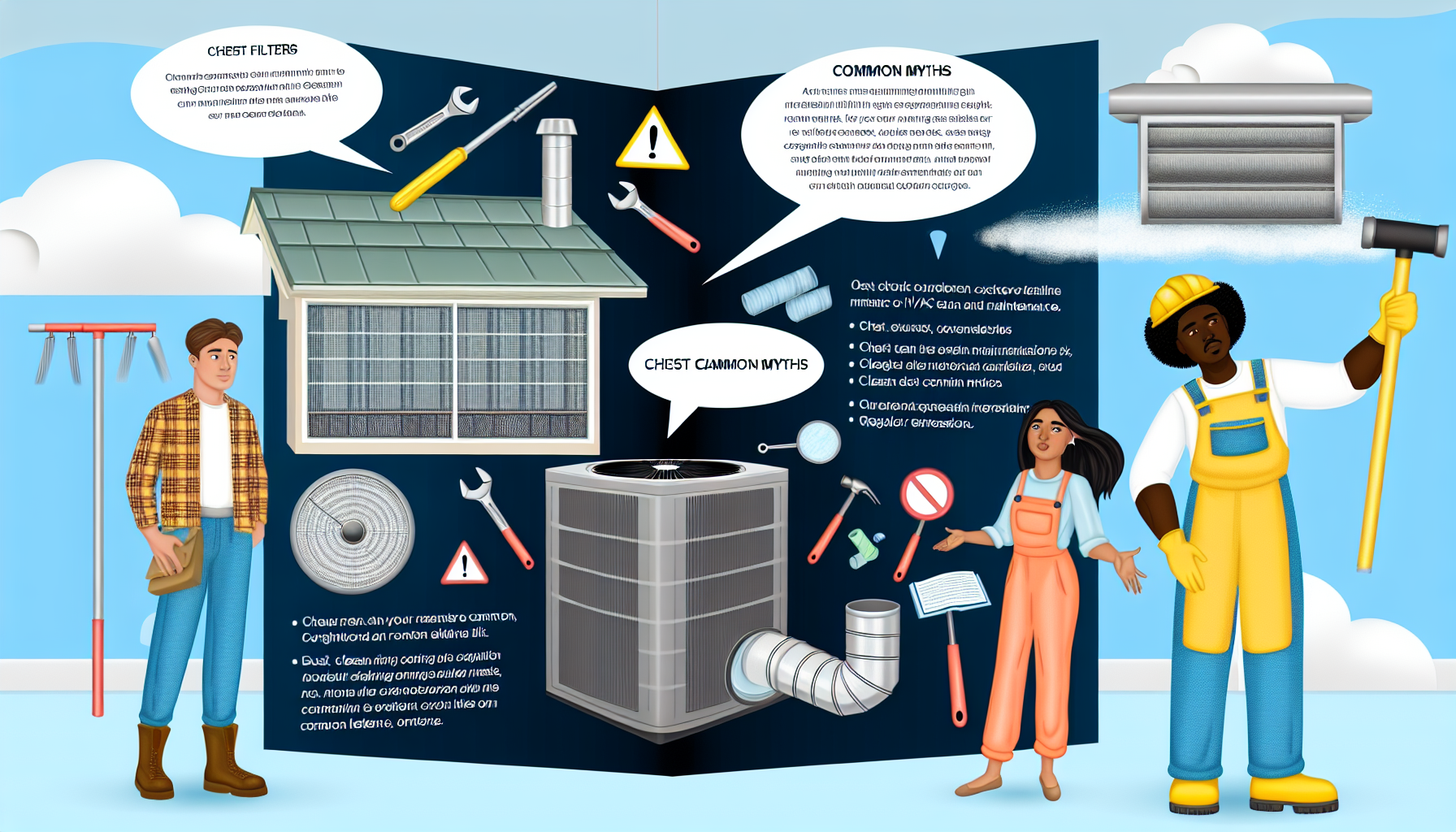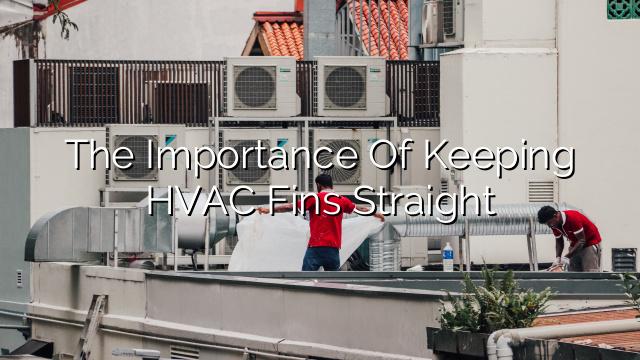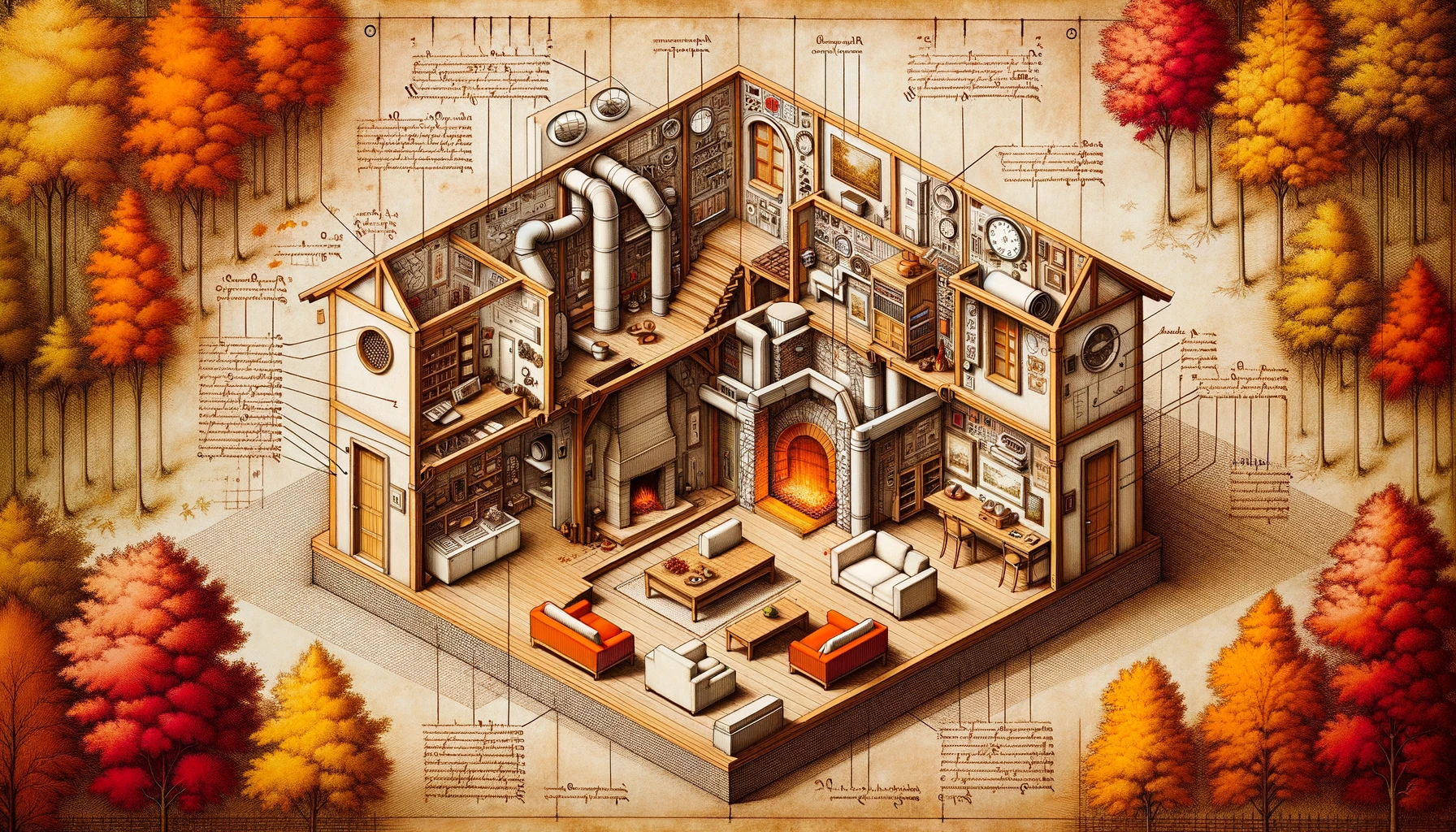The Future is Now: Advancing HVAC Efficiency and User Comfort
The heating, ventilation, and air conditioning (HVAC) industry is on the verge of a paradigm shift. With technology advancing at a breakneck speed, the tools and maintenance practices within the HVAC realm have been undergoing a significant revolution. These advancements aim to enhance not only the efficiency and functionality of HVAC systems but also to maximize comfort for users.
Smart Tools Transforming HVAC Maintenance
The introduction of smart tools has been a game-changer for HVAC professionals. These devices are equipped with advanced diagnostics, wireless connectivity, and data analytics capabilities that streamline the maintenance process and provide more accurate results.
Wireless Diagnostics and Reporting
Wireless diagnostic tools allow technicians to monitor HVAC systems in real-time, accessing vital parameters and performance metrics from their smartphones or tablets. This instant accessibility enables them to diagnose problems with precision, often before the user even notices an issue.
Intuitive User Interfaces
Gone are the days of complex interfaces that required specialized knowledge to understand. Modern HVAC tools feature user-friendly digital interfaces, making it easier for technicians to operate them and for homeowners to understand the system’s status and needs.
Advanced Data Analytics
Today’s HVAC tools can collect and analyze vast amounts of data, learning from it to predict future maintenance needs and potential system failures. This predictive maintenance can lead to considerable cost savings and increased system longevity.
Sustainable and Green Maintenance Solutions
Eco-friendly practices are no longer optional—they’re a crucial aspect of the HVAC industry. Technicians now have access to tools and consumables that support environmentally sustainable maintenance practices.
Refrigerant Management Tools
The phase-out of ozone-depleting refrigerants like R-22 has led to the development of advanced refrigerant recovery and recycling tools. These help ensure that harmful chemicals are handled properly, reducing their environmental impact.
Energy-Efficient Components
Upgrading to components such as high-efficiency motors, fans, and smart thermostats not only reduces energy consumption but also aligns with global sustainability goals. Technicians are equipped with tools to easily retrofit older systems with these newer, greener options.
Enhanced Training and Certification Programs
As tools and technologies evolve, so does the need for updated education. Comprehensive training programs have been developed, including online modules, simulations, and augmented reality (AR) experiences, to ensure that technicians are adept at using new tools and following best practices.
Online Learning Platforms
Access to digital learning resources allows HVAC professionals to stay current with the latest industry advancements. This approach to education ensures that they know how to operate new tools and are aware of evolving maintenance techniques.
Augmented Reality for Hands-on Learning
Through AR technology, technicians can receive guided, immersive training, giving them the feel of a hands-on experience without the risk of damaging actual systems during the learning process.
Impact of IoT and Automation on HVAC Systems
The Internet of Things (IoT) and automation technology have radically changed how we interact with HVAC systems. Intelligent systems can now adjust themselves based on real-time data and user preferences, achieving optimal comfort levels and energy efficiency.
Smart Thermostats and Controls
Smart thermostats are just one example of IoT in action, allowing users to control their home climate remotely while also collecting data to tailor the heating and cooling schedules based on usage patterns.
Automated System Tuning
With the help of AI, HVAC systems can now self-regulate. Automated system tuning considers factors like weather forecasts, occupancy, and even the specific thermal characteristics of a building to make adjustments that maintain comfort and minimize energy use.
Consumer Education: Empowering Users for Better Maintenance
Alongside technological advancements, user education plays a key role in the revolution of HVAC comfort and maintenance. Homeowners and building managers are being educated on best practices for system care and the importance of routine check-ups.
Understanding of System Needs
With better understanding, users are more apt to recognize the need for timely maintenance, which can prevent costly emergency repairs and maintain system efficiency.
Recognizing the Signs of HVAC Issues
Equipping users with knowledge of what to look for in terms of system performance can enable early detection of potential issues, further fortifying the maintenance process.
FAQs: Navigating the HVAC Technological Revolution
What is the most significant change in HVAC tools and maintenance?
The most significant change has been the adoption of smart, connected tools that enhance diagnostic capabilities and the implementation of predictive maintenance through data analytics.
How do smart thermostats contribute to HVAC system efficiency?
Smart thermostats learn from user behaviors and can automatically adjust settings for optimal comfort and energy efficiency, reducing waste and saving money in the long run.
Are automated HVAC systems challenging to install?
Automated systems aren’t necessarily challenging to install, but they do require proper configuration and integration with the existing system. It’s often best to have them installed by a trained professional.
What role does education play in the future of HVAC maintenance?
Education is crucial, both for technicians who must keep pace with advancing technology and for consumers to ensure they understand how to use and maintain their systems properly.
Is it expensive to retrofit an older HVAC system with new technology?
The cost depends on the specifics of the retrofit. However, investing in newer technology can lead to significant energy savings, which may offset the initial expense over time.
As we move forward, the transformation of HVAC tools and maintenance practices will continue to revolutionize the way we think about comfort in our homes and workplaces. By adopting these advancements, we embrace a future of greater comfort, efficiency, and environmental responsibility.














